(EATC file) The EATC company: an unparalleled integration experience
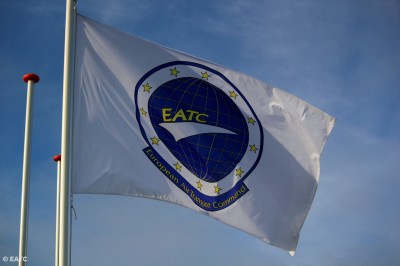 (BRUSSELS2 to Eindhoven) EATC These 4 letters, you will not see them anywhere, on any plane. And yet it is the largest European “military aircraft company”.
(BRUSSELS2 to Eindhoven) EATC These 4 letters, you will not see them anywhere, on any plane. And yet it is the largest European “military aircraft company”.
The European Air Transport Command brings together, in fact, all the transport fleets of the Dutch Luchtwacht, the Belgian "air" component, almost all of the German Luftwaffe, and a good part of the army of the French look. It thus includes "khaki" aircraft (Transall C-160, Hercules C-130 and Casa CN 235 pending the A400M) for tactical transport and "white" aircraft (Airbus A310 or A340, Gulfstream IV, etc.) for strategic transport, tankers (A310-304 or KDC10).
A very real sharing of sovereignty
Up to now the air military structures were, at best, coordinated. And if the States transferred OpCon (operational control) to structures, it was often temporarily, for the duration of an operation, or for a few aircraft in very limited numbers (the NATO C17s for example ). With EATC, we go further. The four participating States have, in fact, opted for a permanent transfer of operational control (OpCon) and the establishment of common standards. A small revolution in the military world. Even if there is no abandonment of sovereignty, the sharing of sovereignty is very real. But EATC is not limited to operational control over aircraft, it also includes work, much more discreet and progressive, but very complex, which aims to bring together or even harmonize all the elements of military transport (training, logistics, maintenance, documentation, etc.). ), in a process that closely resembles classic community mechanics.
Why EATC?
All national transport fleets today suffer from capacity shortfalls. It's obvious ! The interest of EATC is to group requests, not to link the aircraft to the nationality of the freight, to pool efforts. But " we do not want to confine ourselves to what could be assimilated to "carpooling - explains Lieutenant-Colonel François Monard. " Little by little, we intend to design common texts and operation, gain in terms of logistics, mechanics, crews, training costs ».
From the Berlin Airlift to the Tsunami, the experience of the past
It's not entirely new for air forces to work together. EATC thus benefits from the experience of past engagements. Without going back to the Berlin airlift in 1948-49 - which is the first use of the transport aircraft in such an intensive way - or to the most recent siege of Sarajevo (1992-1996) which marked everyone's minds by its length in weather and risks on the ground, European air forces have been involved in three recent large-scale operations. First, the NATO mission in Afghanistan (ISAF, since 2002) which had, among other characteristics, to have to operate from several airports around Afghanistan and the contracting of civilian air capabilities. Then, the Tsunami humanitarian crisis (in December 2004) which saw a number of countries involved in an area destabilized by a disaster (comparable to the earthquake in Haiti, January 2010). Finally, the peacekeeping operation in the DR Congo in 2006 which confronted the member countries with the differences in the tactical procedures employed as well as the regulations for the employment of the crews.
"We don't want to limit ourselves to
what could be likened to "carpooling"
Objective: to go further
« So we are not starting from scratch. We know how to work together, in specific theatres. summarizes Lieutenant-Colonel Monard. “The idea of a coalition is not new either. With the definition of “who does what”, the appointment of a 'Commander', the sharing of responsibilities. But we always arrive at reports where everyone still has to deploy their support modules, their planes... And, we come to the conclusion that we should work with the same support."
At the origin of the project, we find the Franco-German dialogue started in December 1999, the setting up of EACC (European Airlift Coordination Cell) in February 2002, which aims to optimize resources, and the EAC (European Airlift Center) which starts in July 2004 but is a semi-failure. Without entrusting the "levers" to a single body, it is clear that coordination does not solve everything. The French and Germans – along with the Belgians and Dutch – therefore decided to go further. A letter of intent (LOI) is signed in April 2006, the concept is signed in May 2007 and the declaration of establishment of EATC proclaimed in October 2009. The start-up is done in September 2010. And the IOC - the capacity initial operational - to be proclaimed by mid-May.
Germany was the first to contribute its resources on October 15, 2010, followed by the Netherlands (November 26) and France (November 1er December). Belgium was the last country to do so at the end of April 2011; a computer connection problem prevented this transfer earlier. Today, EATC already provides control over more than 50 missions/day.
A breaking point
« Historically there is a breaking point. Transferring national responsibilities is a bit like cutting off an arm says Lieutenant-Colonel Monard. But, with EATC, the added value is clear and immediate. The State which enters it immediately benefits from the means of its neighbours. What was previously done by a national organization in each of the four countries is now carried out by an integrated General Staff, which is the single point of contact for logistics transport and crew training requests. " It is sometimes difficult to understand that you can call the Netherlands, for example, in the same way as if you were calling one of our national services. " The difference ? Here, everything is done in English. And everyone uses the same rules. " This optimizes resources, increases interoperability, minimizes effort in the event of deployment and overall expenditure, increases the effort in support of EU, NATO or United Nations operations."
And, tomorrow, deployment in operation
Subject to an agreement between the 4 nations, EATC could also be deployed in the field. It's probably not for today. But it will be possible in the future ". With a certain logic and an advantage: “ That of already working together in a structure. The ramp-up time will be shortened. We will be able to work with procedures already proven for the four nations."
« We are the heir to coalition structures. We are organized as a coalition. We are also in line with what is done in civilian life with Skyteam alliances or Eurocontrol standards. But we go further because we integrate into the procedures, the rules of use, the doctrine... EATC's ultimate goal is the A400M multinational unit. " There we will have, brought into line, new means and political will. Will the four nations be able to work together in the same way on the same aircraft? This is the challenge of this future project
“The crisis pushes us to reflect”
« The crisis focuses, will make us think and push for integration ". It was not the crisis that created EATC. But downsizing – particularly in Germany and the Netherlands – makes the experience more crucial. " In fact, when you say 'let's pool our resources', everyone agrees in principle. But then you have to get down to business. And there it is not always very easy. There are subtleties, complexities to manage. The organization of the air forces is thus different, in each country, as is the management of personnel. There is also the will, everywhere, to keep a certain decision-making power and a minimum of support. " This is why if the objective is important, the way to achieve it, the method, is just as essential. We cannot say overnight: you are working for Europe and cutting the national cord. We must reinvent balanced sharing."
* * *
EATC in a nutshell
- Headquarters of EATC is located on the military airport of Eindhoven, located in a part of the civil airport, not far from the building of the EACC. A temporary, functional, bright building. In five years, a new building will rise from the ground... Where there is, for the moment, only a pretty lawn, between two models of fighter planes.
- Near 160 people today form the EATC team (156 exactly). And almost all the positions are filled, with one or two exceptions. Which is quite exceptional in multinational structures. The operational division employs the largest number of people (91 exactly), followed by the functional division (34 people). 16 people work in the “Command group” and 15 in the “General Support”.
- The budget is ensured by a distribution key: 38% for Germany (1,43 million euros), 35% for France (1,32 million euros), 14% for the Netherlands (0,53 million euros ) and 13% for Belgium (0,49 million euros). And the staff is roughly proportionally distributed: 65 Germans (42%), 44 French (28%), 24 Dutch (15%) and 23 Belgians (15%).
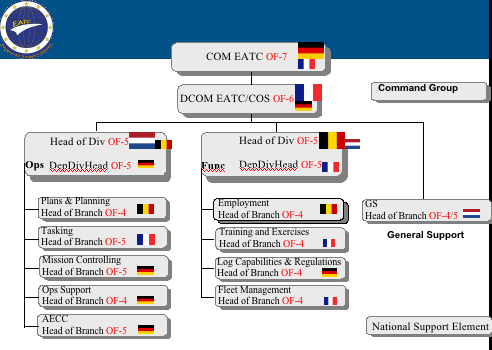
- EATC maintains relations with its partners: the European Defense Agency for EATF, the European Air Group (EAG), NATO for SALIS (Strategic Airlift Interim Solution) contracts with the Antonovs, SAC (Strategic Airlift Capability) C- 17 and JAPCC. Salis contracts remain outside Eatc. " There is a whole shuffling of the cards. EATC also has the capacity to study the contracts, to see if it is really necessary in relation to the planes. We're going to have to clean up - recognizes an officer - Make choices among the initiatives. » EATC is the future. But that can be a nightmare for some in the race to cut costs and make money.
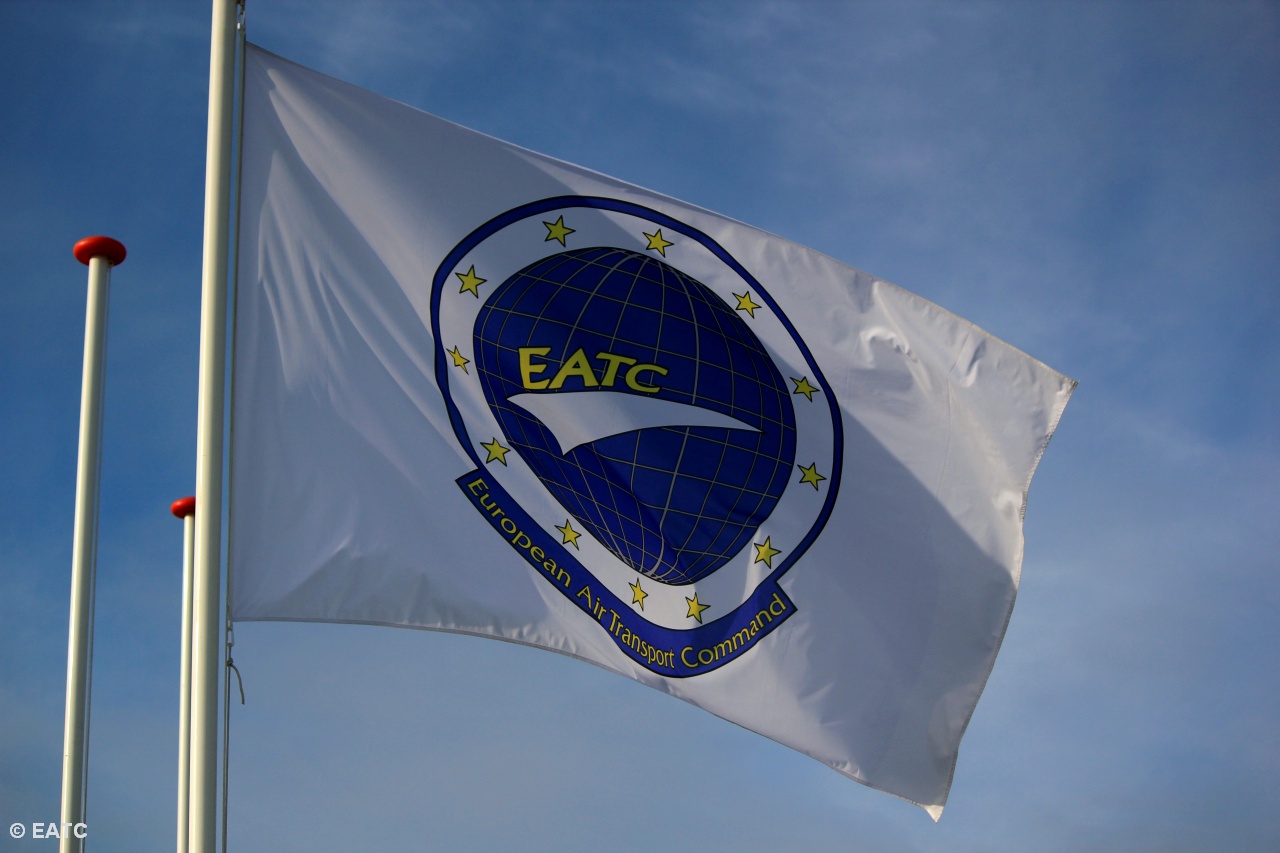
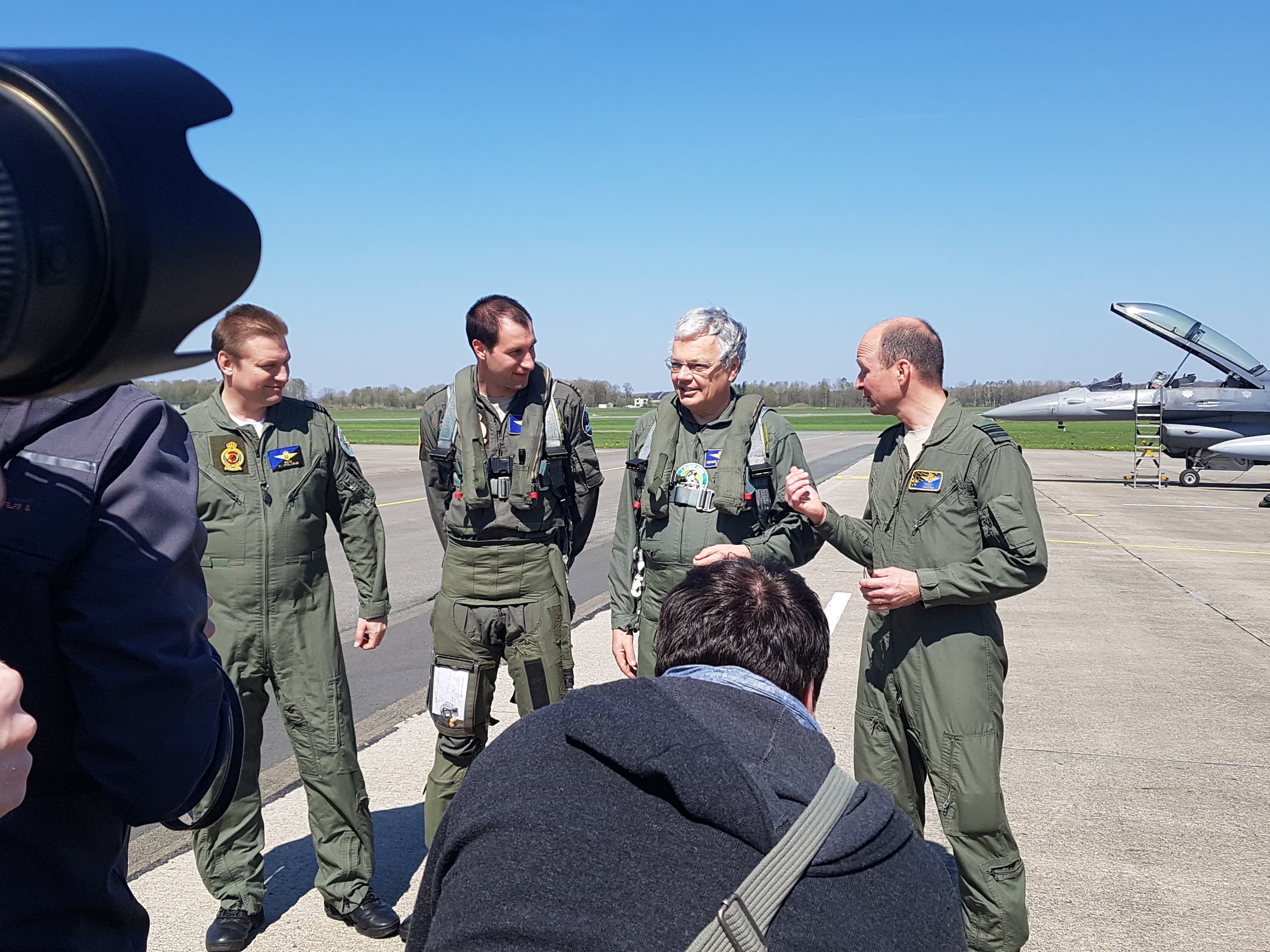
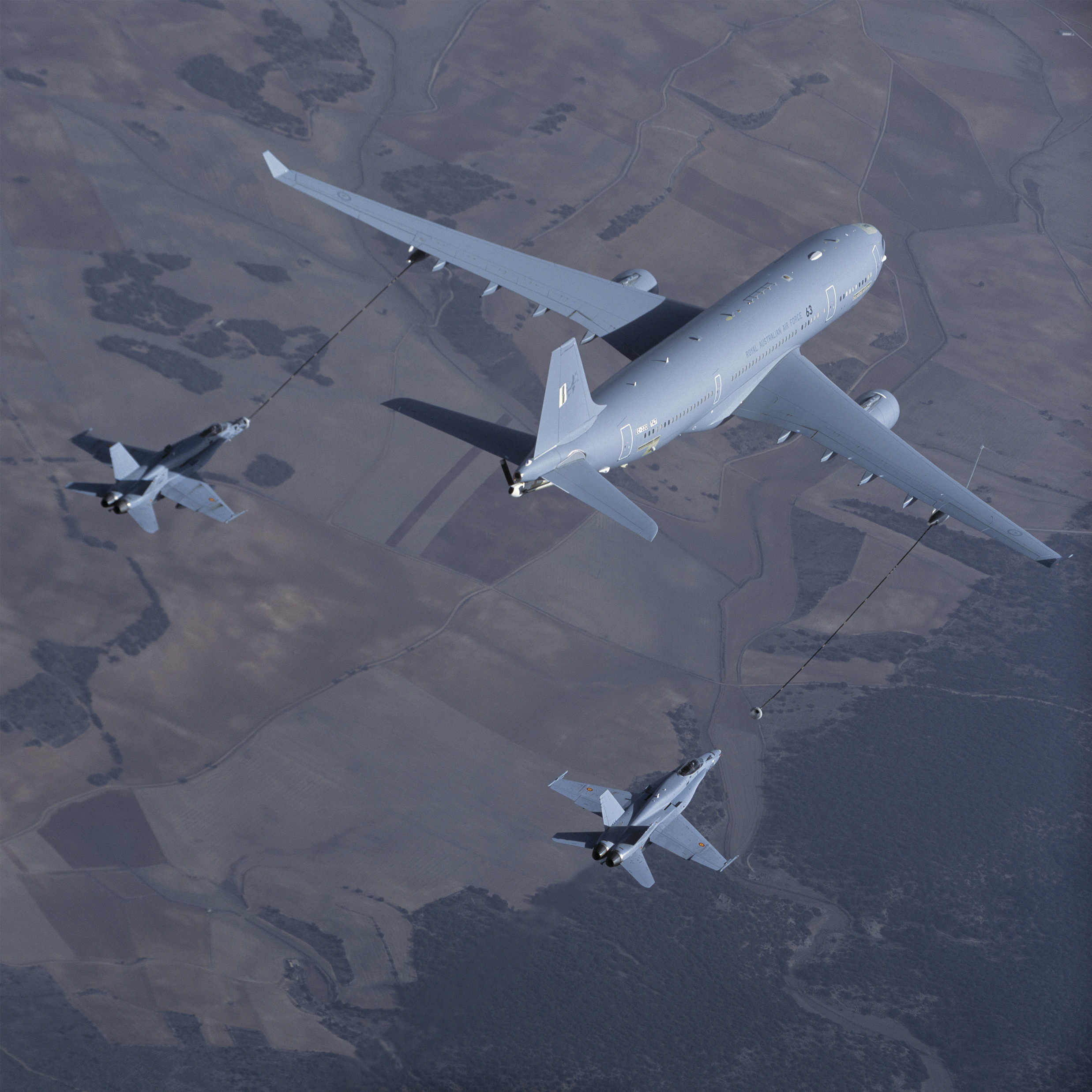
Comments closed.